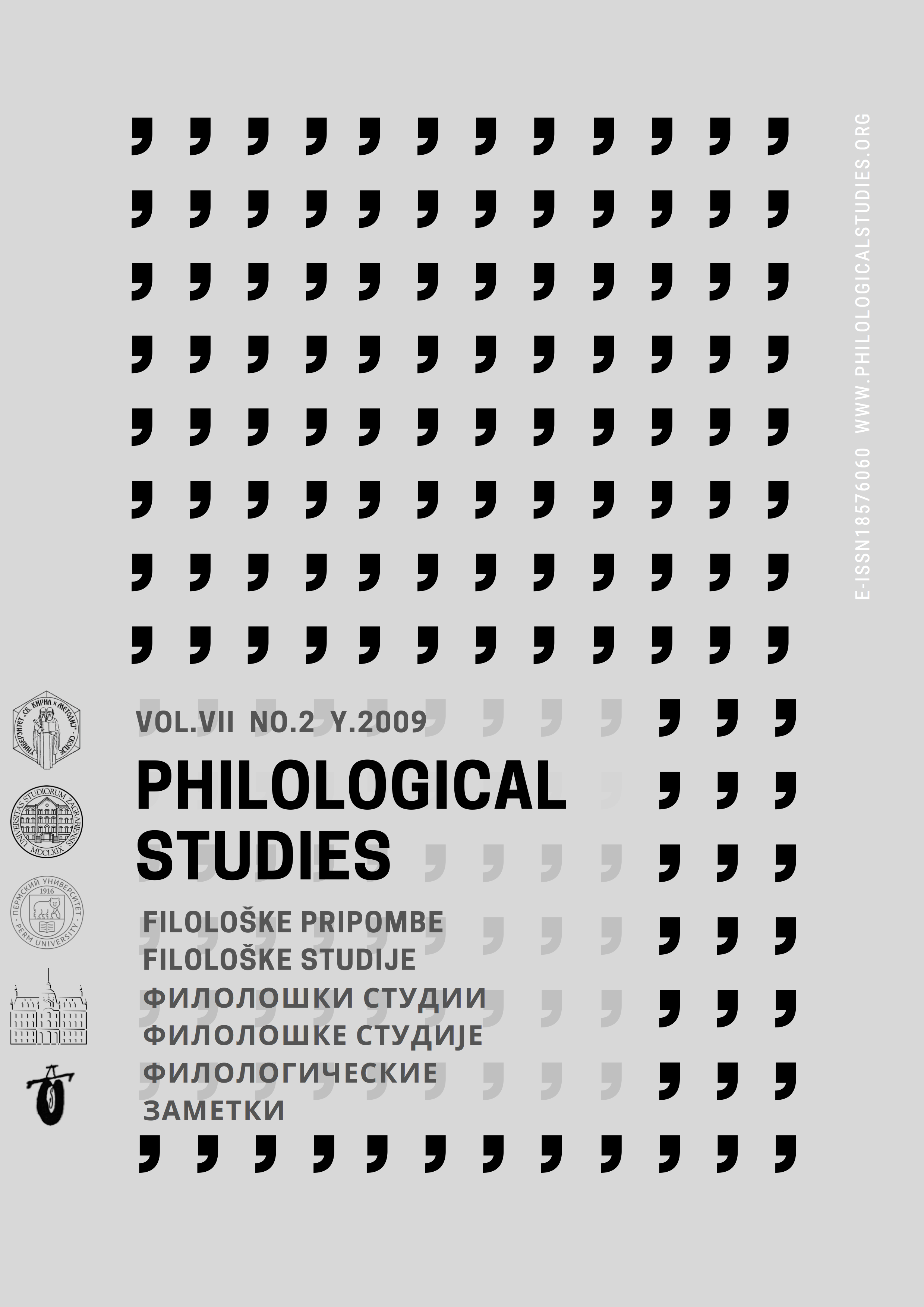Tatlin, El lisicki in Kosove
Abstract
This paper begins by analyzing the concept and term cons and connecting it with the typical Soviet practice of shortening words (loks, veshch′), which was also adopted by some European avantgardists (merz, mont). In his manifesto Mehanikom (To the Mechanics), Kosovel takes issue not only with Marinetti’s “mechanical human being,” but also with Tatlin’s ideologically defined “human machine,” as Tatlin’s art was misunderstood by the Berlin Dadaists. Following El Lisicki’s example, Kosovel introduced emptiness, which changes into a plano-convex and plano-concave space, in which there is no more perspective and gravitation. The use of engineering sketches, geometric material, and spatial definitions of conses effectively combined the content and form into a new organic unit, which confirms that Kosovel was familiar with Russian and European constructivism.
Downloads
Downloads
Published
Issue
Section
License
Philological studies © 2019. This work is licensed under a Creative Commons Attribution-Noncommercial-No Derivative Works 3.0 Unported License


